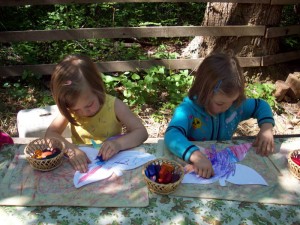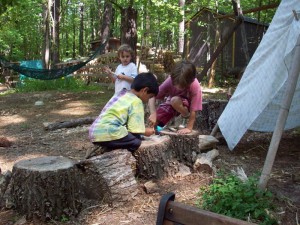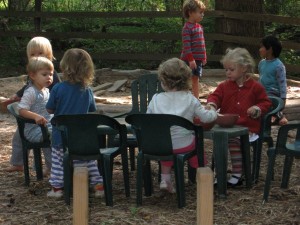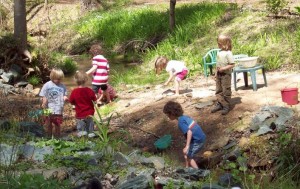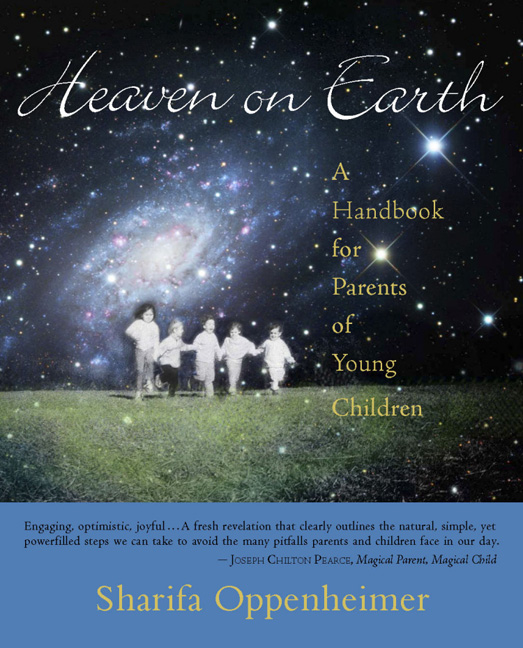Babies are born with the wisdom of the universe shining in their eyes, and the long evolution of life on earth architected in their brains. But they are entirely vulnerable and dependent. Unlike reptiles and most of our other mammalian friends, human babies are born “unfinished”. In her great wisdom, Nature chose the perfect trade-off: in order to bring beings with such large brains into the world, She chose to have them born while still under construction, rather than risk death of the mother at birth. Unfinished, vulnerable and dependent though they are, She also gave them particular tools for survival, which spring from the gifts of the limbic/relational brain.
At birth, infants are hard-wired to see only one thing , the structure of the human face. This is not only the template upon which all vision is then built, but also the nursery of human emotion. The infant even a few days old will intently study the face of the beloved parents. The limbic brain is designed to collect sensory information, “read” it for emotional content and then send this information on to other parts of the brain for further consideration. We now know that facial expressions, which contain exquisitely subtle emotional cues, are universal across time and cultures, and this emotional substructure is innate. Darwin knew that a baby born blind knows to smile when playing with his mother, or frown and fuss when in need, having never seen either of these responses. Although the substructure of emotion is in place at birth, the infant begins the considerably subtle undertaking of fleshing out the vast landscape we call human emotion through the capacity of limbic resonance.Through the innate awareness of emotion, the baby’ nervous system is drawn into attunement, or imitation, of the parent’s emotional state. Like violin strings side by side, when we are in the presence of and gaze into the eyes of another, through limbic resonance our separate nervous systems begin to vibrate in harmony.
Limbic resonance works in tandem with a host of other tools not just to survive, but to thrive. Brain/heart entrainment and mirror neurons are two of these. We are wired to be in attunement with one another because mammals and especially humans, not only need one another at birth and the early years, but throughout all of life. When two people come together, it is within minutes that their heart and brain rhythms have enmeshed; this is entrainment. The amazing phenomenon of “mirror neurons” equips us to very subtly share the same experience as the person we are with.
Our children imitate us with their whole heart, literally, as their heart/brain rhythms follows ours. They imitate us from the inside out, their neurons mirroring our every emotional fluctuation. Who we are and how we respond to them—our consciousness, in other words— is the most essential element in their development. You see, we are the heart of the matter.





